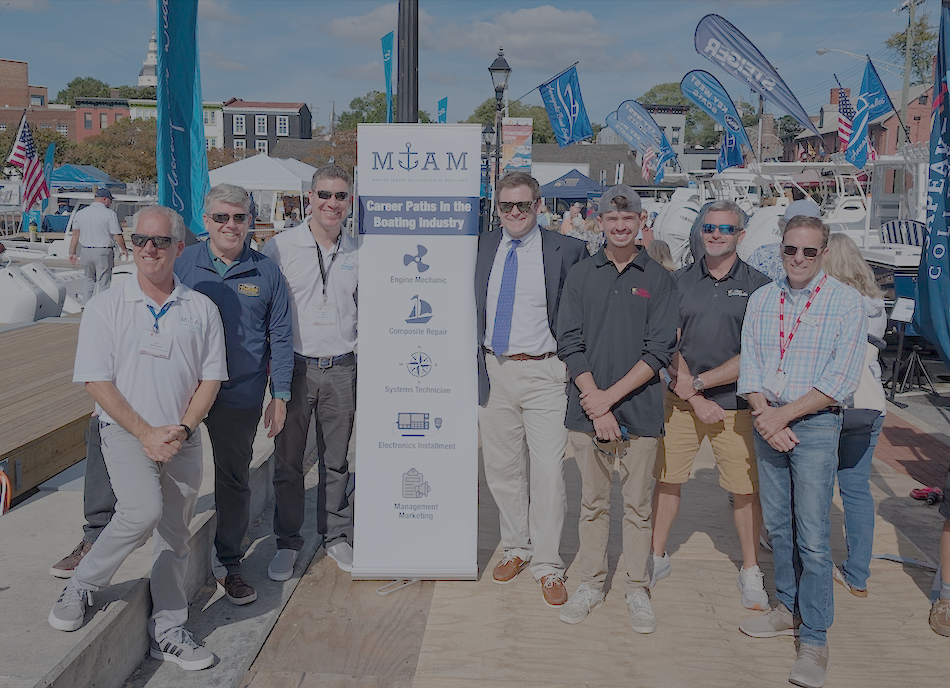In 2009, after a long fought battle by a coalition of recreational boating trade groups, the Longshore and Harbor Workers’ Compensation Act was successfully amended by the American Recovery and Reinvestment Act of 2009 to exclude certain additional recreational vessel yard workers from the federal law’s definition of “employee” as it related to repair and dismantling of recreational vessels. For the past couple of years, the Department of Labor has been writing the federal regulation to the law, which is of great interest to businesses that employ workers who build, repair, or dismantle recreational vessels. The boating industry was very concerned that the Longshore issue would require duplication of insurance coverage increasing the overhead costs and making repairs in certain areas uncompetitive to boat yards in nearby countries.
On December 30, 2011, the Department of Labor published its final rule to implement the law. The final rule includes nearly all the changes requested by the coalition of recreational boating groups working on the issue. The preamble provides guidance that will directly result in many boat manufacturers and repair facilities to be able to revisit whether their operations need a Longshore rider on their Workers’ Compensation policy.
The following are highlights of the Department of Labor final rule.
- Clear guidance is provided that if a boat manufacturer or repair facility is landlocked (not adjacent to navigable body of water), there is no need for LHWCA coverage.
- For manufacturing facilities adjacent to a navigable water, the exemption for the under 65 foot exemption continues to apply for boats intended for the recreational market.
- Work on vessels owned by police, government, and municipalities are excluded. This exemption frees up facilities to do work on these vessels without triggering the LHWCA coverage.
- The 65-foot exemption limitation is lifted for facilities that repair recreational vessels adjacent to or on navigable waters. However, these facilities will have to look at the current use of the vessel to apply the exemption.
One of the keys to the re-write of the rule, is the definition of “recreational vessel.” The rule incorporated the Coast Guard’s standards for categorizing vessels. The final rule also contains two key provisions designed to make the definition easier to apply. The final rule provides that manufacturers and builders may determine whether a vessel is recreational by the nature of the vessel’s design rather that the end use of the vessel, and rule includes within the definition of recreational vessels non-military vessels that are recreational by design and owned or chartered by federal, state, or municipal governments.




